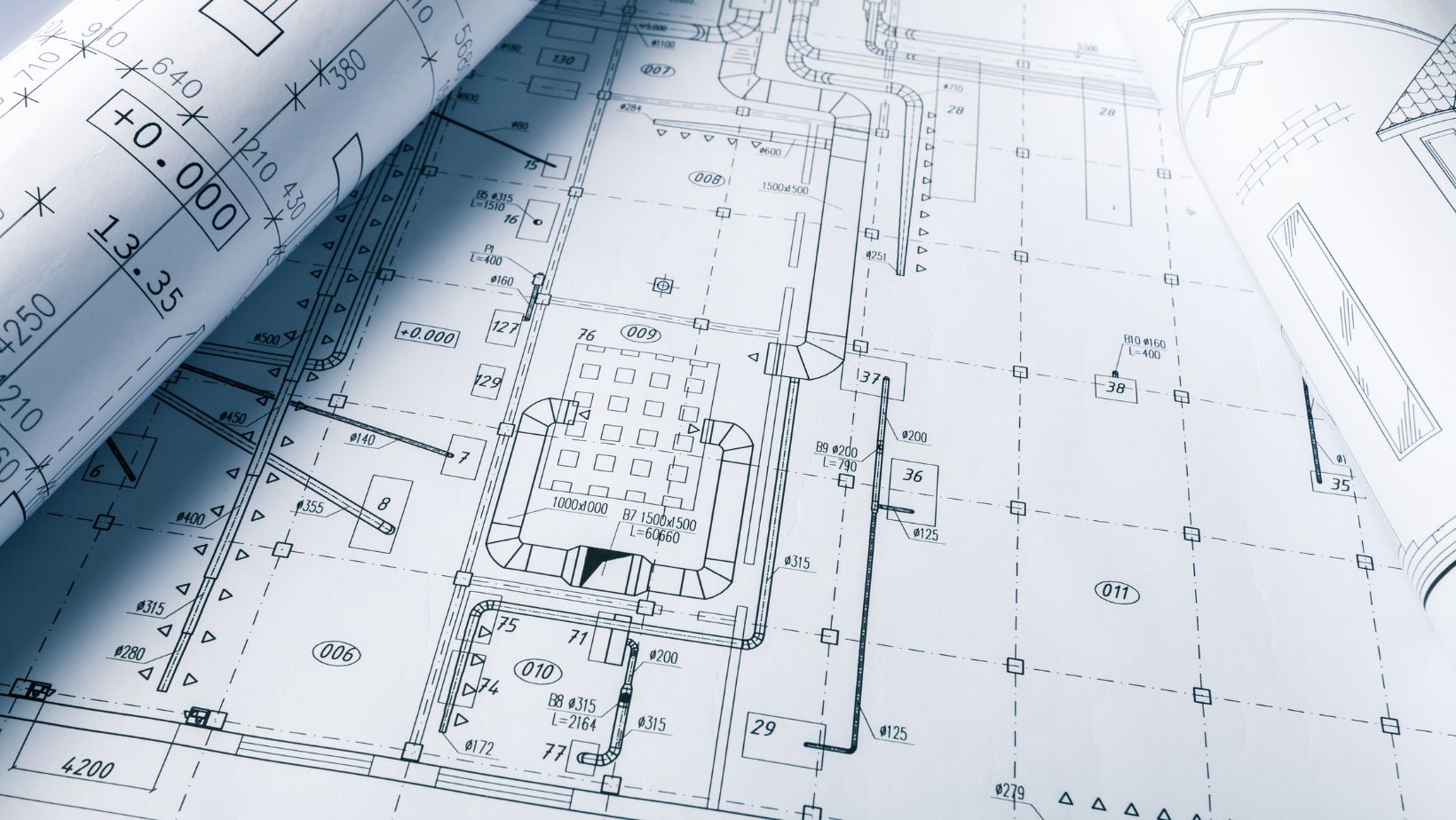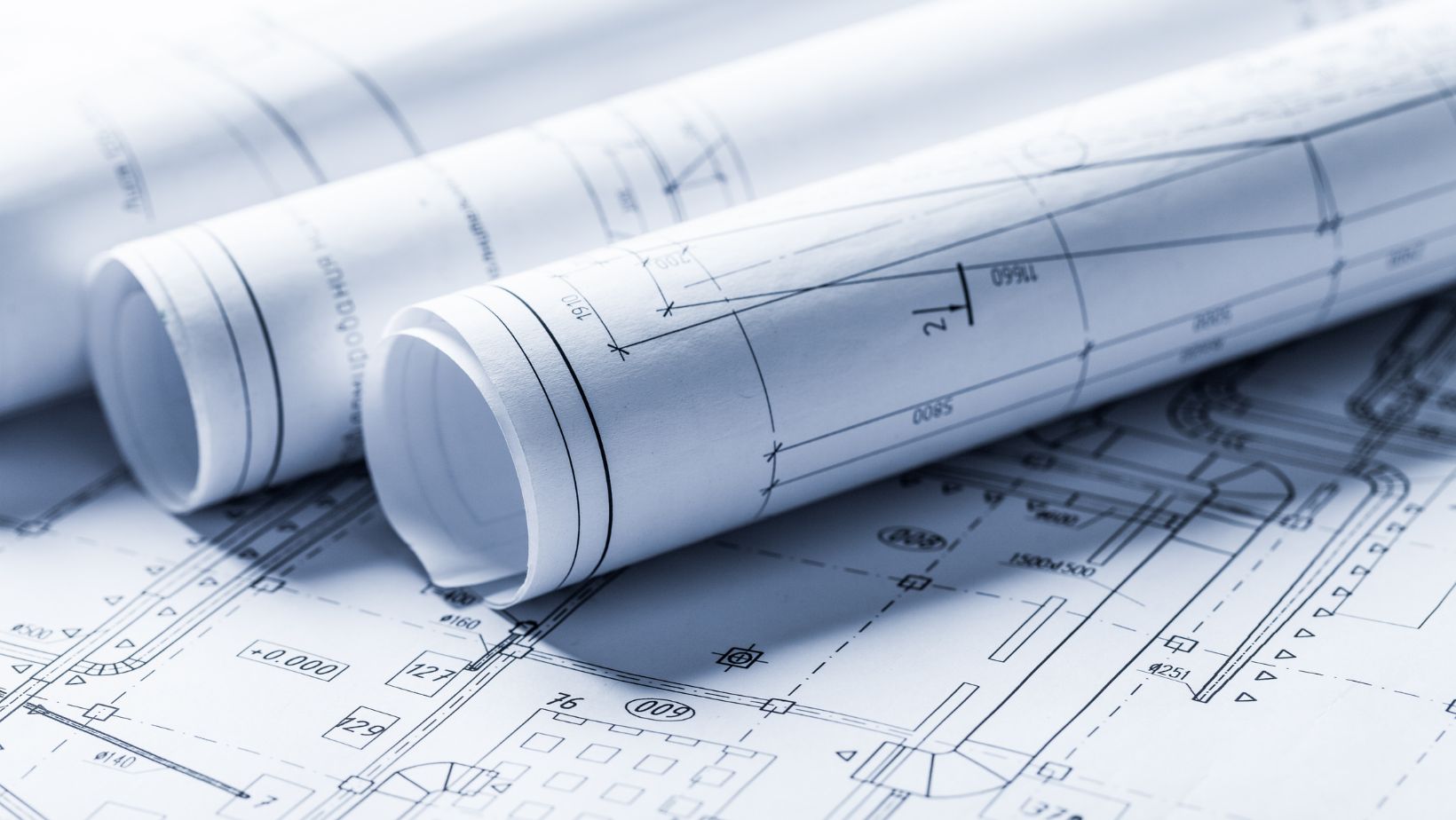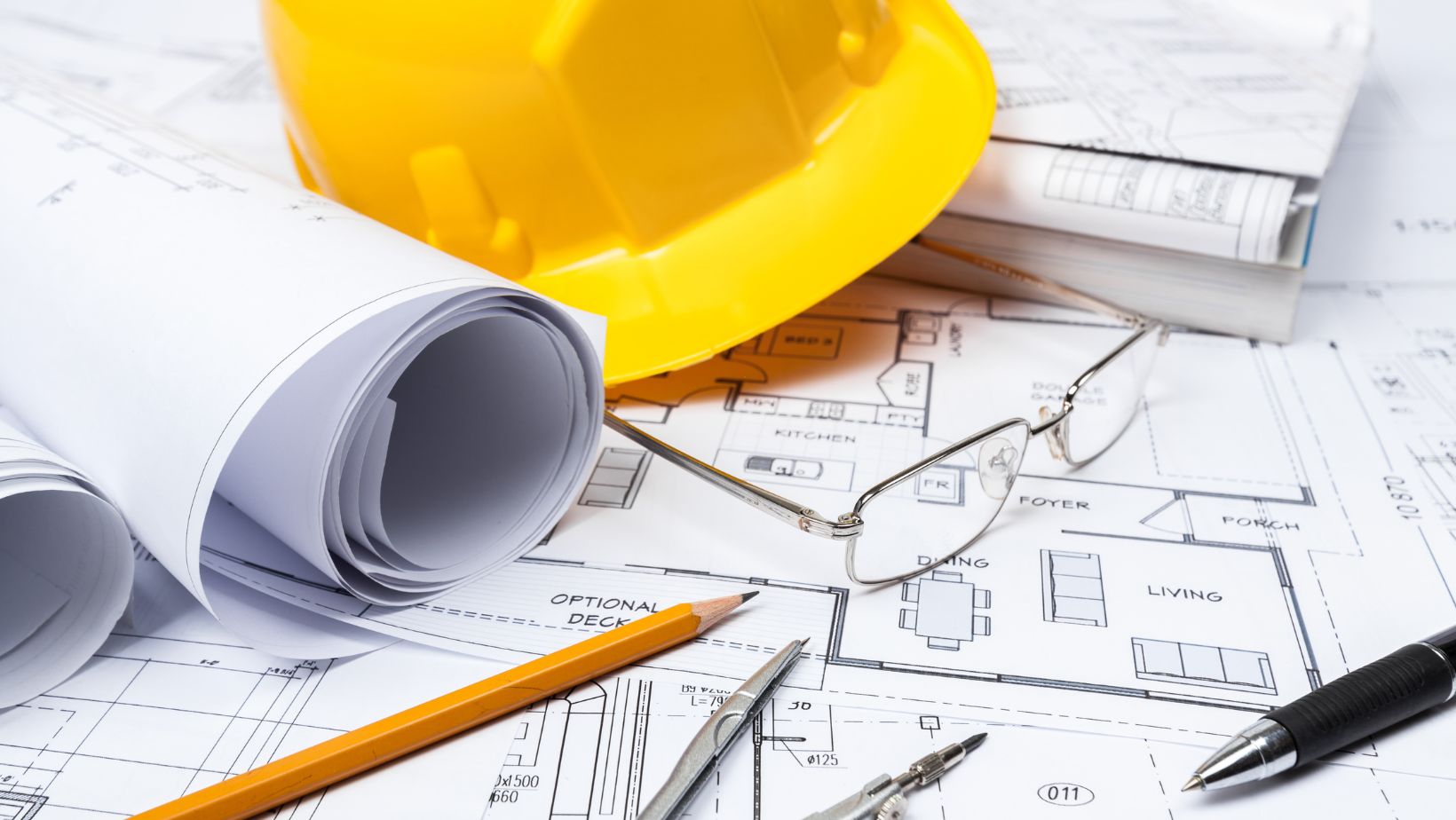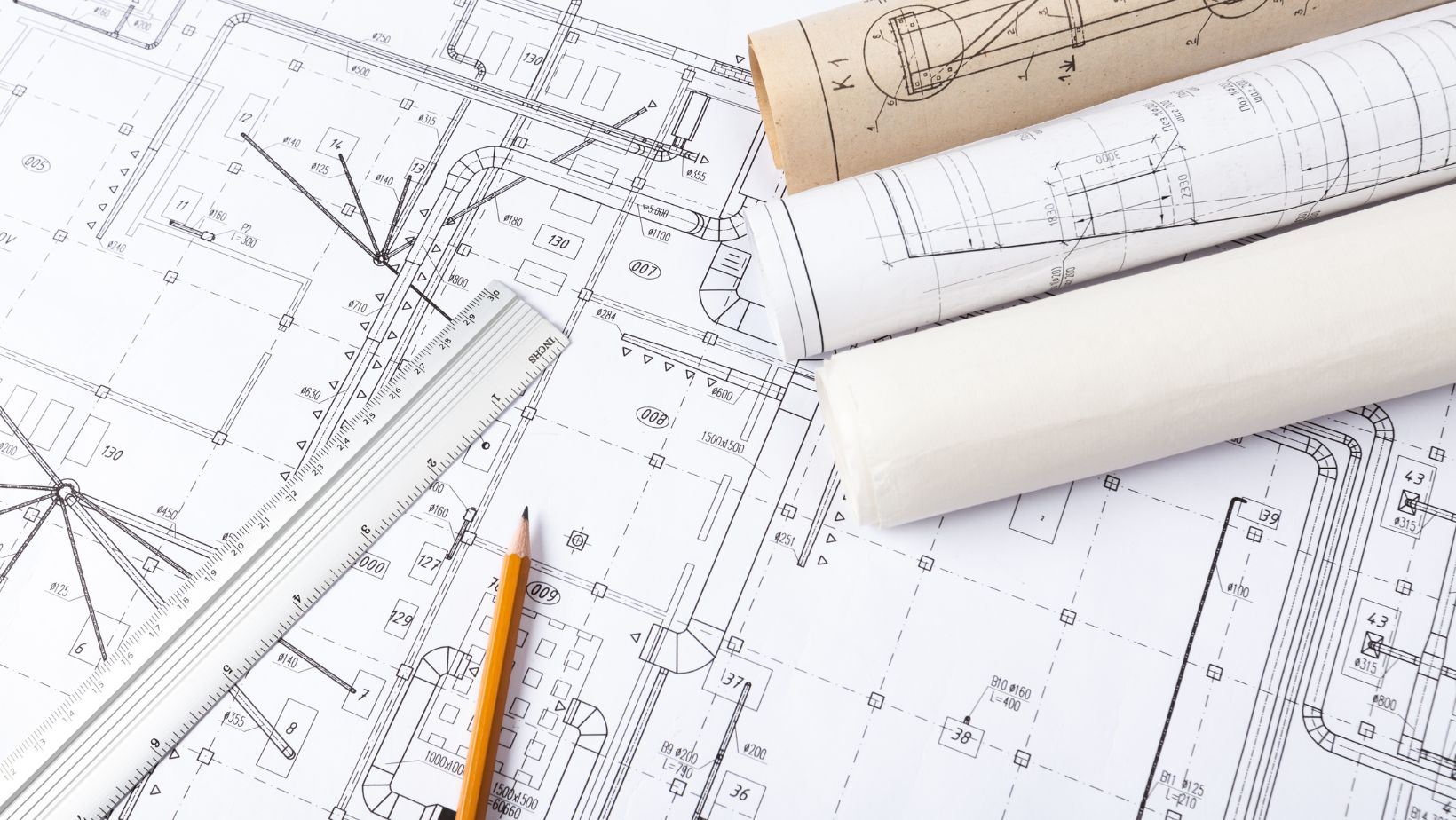Imagine walking through a city, your eyes tracing the skyline, admiring the varied architectural wonders that punctuate the horizon. From the towering spires of a Gothic cathedral to the sleek lines of a modern skyscraper, it’s the architectural elements that define their unique character.

Architectural elements are more than just bricks and mortar. They’re the design features that give a building its personality, its purpose, and its place in history. Whether it’s the grand arches of a Roman aqueduct or the intricate detailing of a Baroque palace, these elements tell a story about the people who built them and the times they lived in.
Join us as we delve into the fascinating world of architectural elements, exploring their history, their significance, and the role they play in shaping our built environment. It’s a journey that’ll open your eyes to the beauty and complexity of the structures that surround us every day.
Understanding Architectural Elements
To fully explore architectural elements, a firm grasp on definitions and their importance becomes paramount.
Defining Architectural Elements
Architectural elements, by definition, count as the distinctive details and components inherent in architectural design. Examples of these components encompass pillars, windows, walls, roofs, and doorways. Not confined to these, it extends to non-structural components like color schemes, textures, and materials, fostering a complete understanding of architectural elements. Architectural styles – whether Gothic, Modern, or Baroque – articulate themselves through these elements, hence rendering them crucial to understanding a building’s aesthetics and structural integrity.
Importance of Architectural Elements

The relevance of architectural elements goes beyond aesthetics. Maintaining structural integrity, these elements provide a building with stability. For instance, pillars distribute load, while roofs protect interiors from climatic variations, demonstrating their utilitarian aspect. Furthermore, these elements hold transformative power, morphing an ordinary building into a remarkable structure. A Gothic spire or a Modernist glass wall, for instance, can define a building’s character and resonate with cultural or historical significance. Hence, understanding architectural elements provides us not merely with a deeper appreciation of architectural beauty, but also with insights into a society’s history and culture.
Historical Overview of Architectural Elements
Analyzing the evolution of architectural elements across different time periods, ancient to modern, reveals how these components have affected human’s concept of beauty, functionality, and culture.
Ancient Architectural Elements
In ancient times, architects drew significantly from natural and spiritual motifs. The ancient Egyptians, for instance, imbued their architectural design with a deep regard for symmetry and balance, evident from structures like the Pyramids. Meanwhile, the Greeks leaned on order and proportion, manifest in the columns across Parthenon, Acropolis and other similar edifices. Ancient Roman architecture borrowed from Greek design but expanded with more practical elements, including aqueducts and amphitheaters.
Modern Architectural Elements

Examining the elements of modern architecture, diversity takes the forefront. Modernist architects tend to be less constrained by traditional styles and conventions, leading to multifaceted designs incorporating glass, concrete, and steel. The Guggenheim Museum in New York, with its spiralling interior and exterior, showcases this freedom in design. The same time period also saw the flourishing of Brutalism, characterized by its rugged aesthetics and extensive use of raw concrete as in London’s Southbank Centre. Modern architecture continues to evolve, constantly redefining the perception and usage of architectural elements.
Key Architectural Elements
Architectural elements aren’t just about aesthetics. They’re fundamental to a building’s character and history. From ancient civilizations to modern times, these elements have evolved drastically. They’ve moved from focusing on symmetry and proportion to incorporating practical elements and diverse materials. Pillars, windows, roofs, color schemes, and textures all play a part in expressing a structure’s style. They provide insights into societal history and architectural beauty. Structures like the Guggenheim Museum and the Southbank Centre exemplify how modern architecture uses glass, concrete, and steel to redefine design and functionality. So, when you next appreciate a building’s beauty, remember it’s more than just a visual treat. It’s a testament to the evolution of architectural elements and their impact on society.





